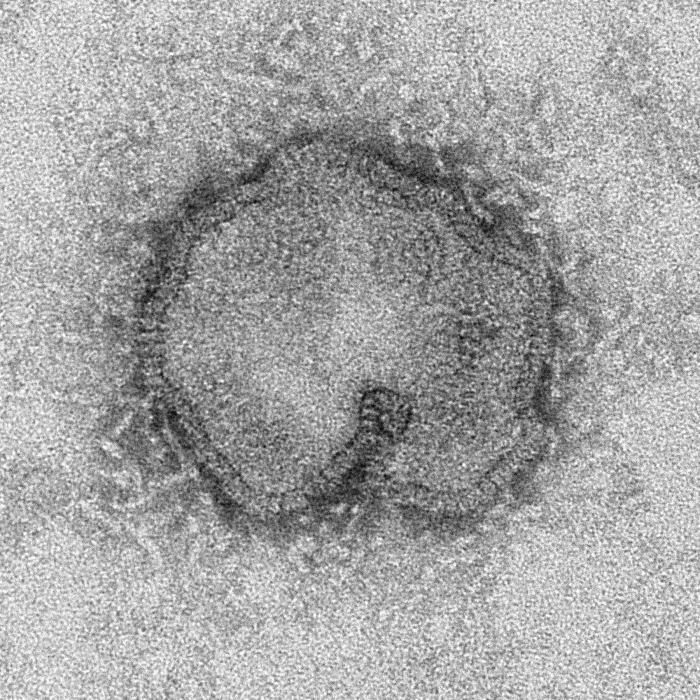With the release of 19 notifications of additional human cases of avian influenza A(H7N9) with onset of symptoms between December 21, 2015 and January 25 this year by the Chinese National Health and Family Planning Commission today, this brings the total human cases to 702 on the mainland since 2013.

According to reports, the patients comprise 11 men and eight women aged from 42 to 91, four of whom (three men and one woman) have died. Eleven cases are from Zhejiang, five are from Jiangsu and three are from Fujian.
Avian influenza is caused by those influenza viruses that mainly affect birds and poultry, such as chickens or ducks. Clinical presentation of avian influenza in humans includes eye infection (conjunctivitis), flu-like symptoms (e.g. fever, cough, sore throat, muscle aches) or severe respiratory illness (e.g. chest infection).
The incubation period ranges from 7 to 10 days. The more virulent forms can result in respiratory failure, multi-organ failure and even death. People mainly become infected with avian influenza through close contact with infected birds and poultry (live or dead) or their droppings.
Human-to-human transmission is inefficient. People in close contact with poultry are more susceptible to contracting avian flu. The elderly, children and people with chronic illness have a higher risk of developing complications such as bronchitis and chest infection.
In addition to the human cases on the mainland, 20 cases imported from China have been reported in Canada (2), Hong Kong (13), Malaysia (1) and Taiwan (4).
Related:
- E. coli outbreak in Calgary possibly linked to sausage
- Dengue and Zika update in Malaysia
- Spain: Pregnant Catalonia woman diagnosed with Zika


2 thoughts on “H7N9 avian flu cases top 700 in China”